What's up, guys? Welcome to Kiteline, where you get the best kiteboard for sale. Today we want to try hands on teaching you the skill of backrolling, a fantastic kiteboarding trick. Once you can ride upwind and jump, this changes everything. Let’s start learning.
First of all, Consider your Kite Position
Understand the kite's position before a backroll is important in kiteboarding. The first backroll requires a kite lift. That'll pull you up; then, as you descend, you'll divert it to land smoothly downwind. Flying and stabilizing the kite while rotating is the hardest part.
The most important thing here is keeping your kite straight up at the 12 O'clock position, then going back in the direction you're landing, otherwise as you're going around to the other side, you'll stop your rotation, the kite will go to the edge, and you'll fall.
Know the kite's wind window . Move the kite from 45 degrees to the 12-noon position, then back to the left. If you're going right, start at 45, go up to 12, draw it back down to the right, into that landing, and ride away. Here, it is important to keep your kiteboarding gear in good condition.
When the kite climbs quickly, it frequently goes too far into the wind window. While performing this technique, focus on keeping the kite at the 12-noon position and not moving it too much by putting your hands in the middle of the bar.
Speed is the Second, yet the Utmost Consideration
Second, move slowly. In a backroll, you need a lot of speed and power to get up and rotate. However, if you go too fast, your pop will throw you off, so slowing down makes it more accessible. Instead of a backflip, it's a 360.
Slower is preferable since you're spinning around on your leash. Slowing down makes falling less severe. Just speed up and tumble a few times. You can increase the speed as you feel more comfortable, but don't send the kite at full speed.
You have more time o respond to the kite when you're cruising. Everything happens faster when you're moving fast, so take it easy, take it slow, and work your way up, and then once you get comfortable at slow speeds, you can take it to high speeds.
Third Thing to Think is Pop & Tuck
Step three is to fly. As you send your kite, don't draw the bar in. If you pull in on the bar as you send it, the kite will catch all the wind as it rises and pull you off your edge. Sheet out, steer up, and move into the wind as the kite moves.
This feat relies on kite timing and wind edging. If you send the kite too early and pop late, you won't get the height, and if you pop too early and the kite doesn't reach you, you'll pop without any lift. Once you master the kite and pop, everything comes together.
You'll pop when your kite reaches the noon position, and you twist your shoulders and body into the wind. When the kite reaches noon, you pull in on the bar to lift it. As you do it, lift your front knee and lean back to pop the board out of the water.
it will launch you into that rotation while the kite lifts you, but your body won't turn if you don't pop. Leaning back and lifting on that front knee will start the backroll spin and turn rather than a bit of pop where you have to rotate your body.
Shoulders lead the body. Popping without twisting your shoulders starts the rotation, but your body is closed and won't continue. It's crucial to twist with your shoulders and hips, bring your knee to your chest, and continue until you've circled.
Fourth Step is to Find a Smooth Landing
Look downwind to the water where you'll turn. Focus on that to draw you into your landing and complete the rotation. If you stop looking, your rotation will stop, and you'll fall on your back, so follow through, spot your landing, and look about.
Get where you're heading in your eyes, and then you'll know if you'll make it around. If you can't turn, kick off your board, send the kite aloft, then draw in to cushion the landing or release the bar. Release the bar to cannonball into the water.
If your kite is high, you can pull in and try to get it to lift you as you come down, but if you spot your landing, you'll know what will happen and whether you should continue or bail and try again. You can ride away on the board if you can pinpoint your landing.
Fifth Step is to Turn the Kite Around
After seeing your landing, pull back on your front hand and send the kite down to draw you into it. Keeping the kite above you'll raise you, straighten your legs, and stretch your body, making it simpler to get off-axis.
Just give a slight tug on your front hand to send the kite from 12 o'clock in the desired direction, which will draw you neatly into your landing with your board underneath you, your shoulders over your knees pointing downwind, and you'll ride away.
Landing without leaning is crucial. If you lean back while landing, the board gets out before you, and the kite pulls you forward, causing you to fall into your butt or face. Send the kite without pulling it down. From 12 to 45 degrees, it should gently bring you toward the landing.
Redirect the kite with your shoulders over your knees, looking downwind. You want the kite to drive you forward so you're stacked over your board and bend your knees on impact to absorb the landing, land level, slightly downwind, and ride away.
Like a jump, keeping the kite above you can swing you under or drop you out of the sky, so give it a little yank on the bar to get it going in the direction you want to ride and bring you into it smoothly.
Sixth Step is to Disentangle your Lines
You're doing a 360 around the bar while the kite is flying straight. After landing, get control so you can fly a kite. Once you reach there, put the kite up to 45 degrees, remove the bar, and it'll untwist itself, or you can spin it.
Grab the bar again, pull in, ride, and backroll again. Your center lines will also twist up if you do a bunch of backrolls to the right. Unspin it at the bar. Most kites today feature a part you can untwist above or below the bar to avoid tangling your center lines.
Final words
Hope you guys had fun without falling. You can always connect with our experts to learn amazing kiteboarding tricks. Also, you can find special kiteboarding sales on our site, where you can get amazing deals on all our product ranges.

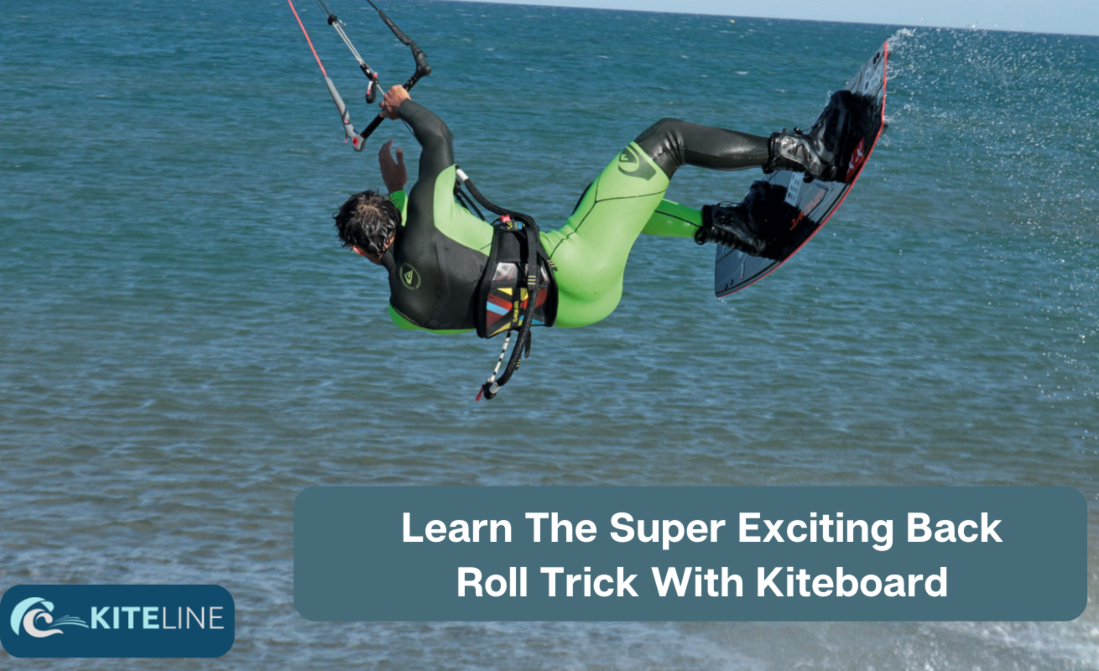


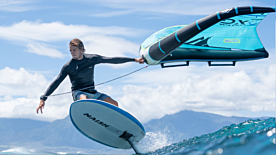
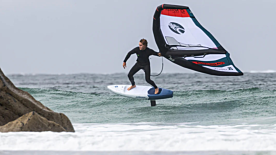
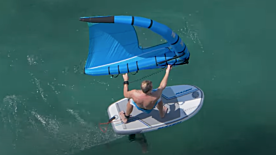
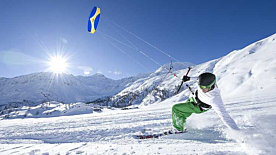
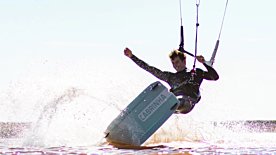
Validate your login